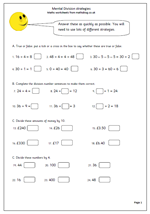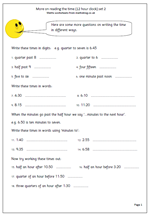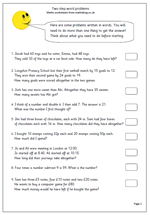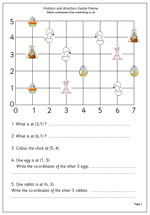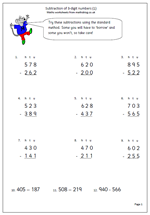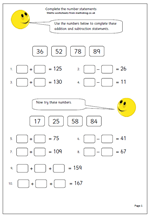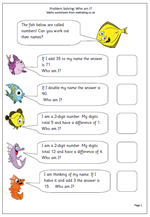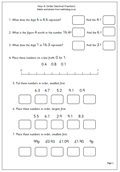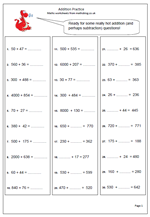 Here we have an excellent page to check how well children can deal with different types of addition questions, some of which are most easily answered by subtracting! By year 4 we are looking for rapid responses using a variety of different skills depending on the type of question. Children need to look at the question and make a very quick decision about how best to tackle it. Sometimes they may want to make jottings to assist with remembering what they have already done.
Here we have an excellent page to check how well children can deal with different types of addition questions, some of which are most easily answered by subtracting! By year 4 we are looking for rapid responses using a variety of different skills depending on the type of question. Children need to look at the question and make a very quick decision about how best to tackle it. Sometimes they may want to make jottings to assist with remembering what they have already done.
Let’s look at some of the different types of question and some possible approaches.
a. 400 + 345. An instant recognition that just the hundreds need to be added and the tens and units will remain the same. Should be very quick.
b. 650 + 18. This is probably best done by ‘adding on’ add 10 to 650 makes 660 plus the 8 making 668.
c. 430 + ??? = 580. Either done as a subtraction taking 430 from 580, or by adding on. If doing the subtraction it is quite usual to start with the hundreds 500 take 400 is 100; then the tens 80 take 30 is 50; answer 150. (The reverse of doing this on paper.) If adding on children may well start with adding either the hundreds or the tens as both are equally good.
d. ??? + 50 = 460. Again this can be done by adding on from 50. Add 10 to make 60. Add 400 to make 460. Answer 110. It can also be done just as quickly by subtracting 50 from 460.
